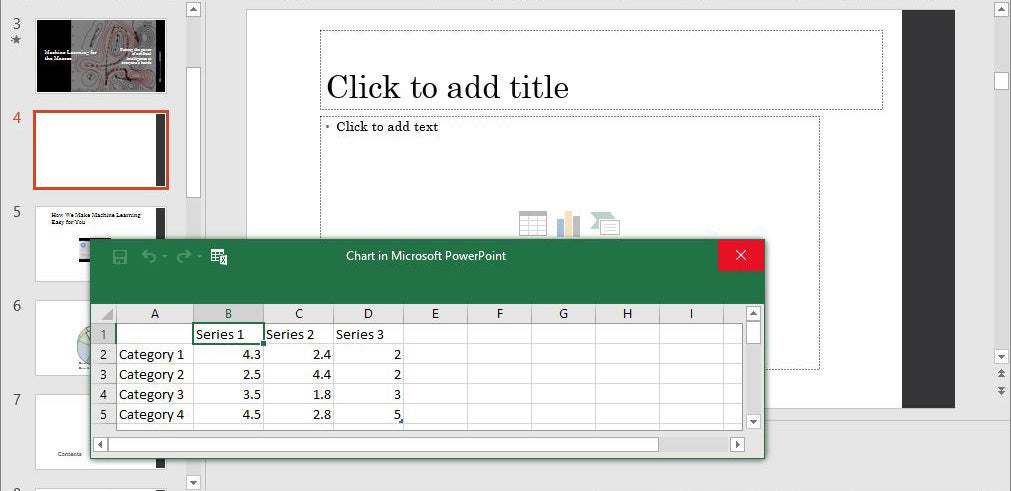


Using faecal samples and culture-independent techniques, including qPCR, T-RFLP, cloning/Sanger, pyrosequencing or Illumina sequencing, several studies have reported that CD is associated with a decrease in Clostridiales such as Faecalibacterium prausnitzii and an increase in Enterobacteriales such as Escherichia coli. 2–5 Patients with IBD, in particular patients with CD, are associated with a lower microbial α-diversity and are enriched in several groups of bacteria compared with healthy controls (HC).

In this regard, non-invasive, cost-effective, rapid and reproducible biomarkers would be helpful for patients and clinicians alike.ĭysbiosis, which is an alteration of the gut microbial composition, has been reported in IBD over the last 10 years. The diagnosis of IBD, particularly CD, can be missed or delayed due to the non-specific nature of both intestinal and extra-intestinal symptoms at presentation. Standard clinical testing to diagnose CD and UC includes blood tests and stool examination for biomarker quantification, endoscopy and biopsy. 1 Given that these conditions do not have a clear aetiology, diagnosis continues to be a challenge for physicians. CD and UC, the two main forms of IBD with a similar annual incidence (10–30 per 100 000 in Europe and North America), have both overlapping and distinct clinical pathological features.


 0 kommentar(er)
0 kommentar(er)
